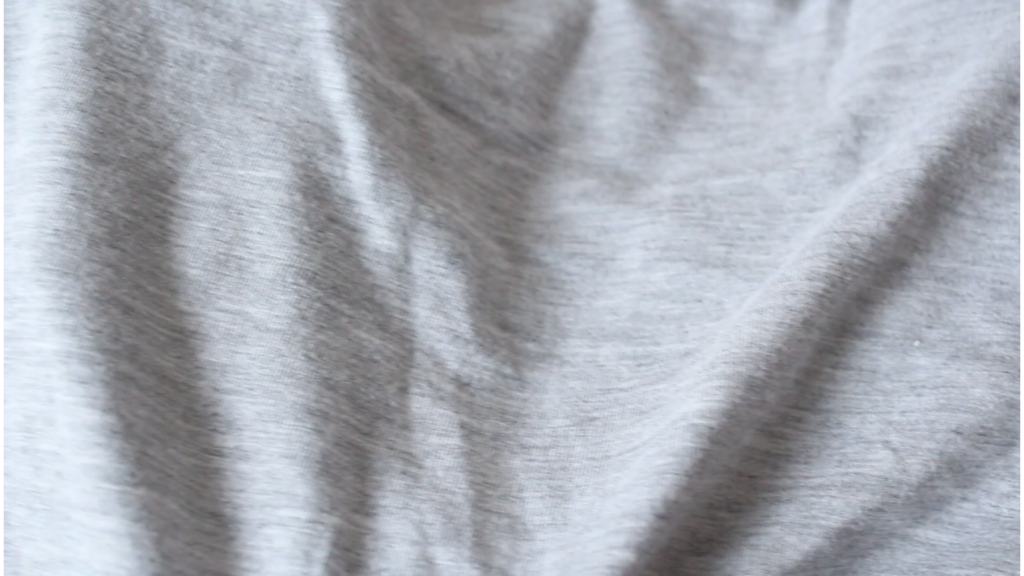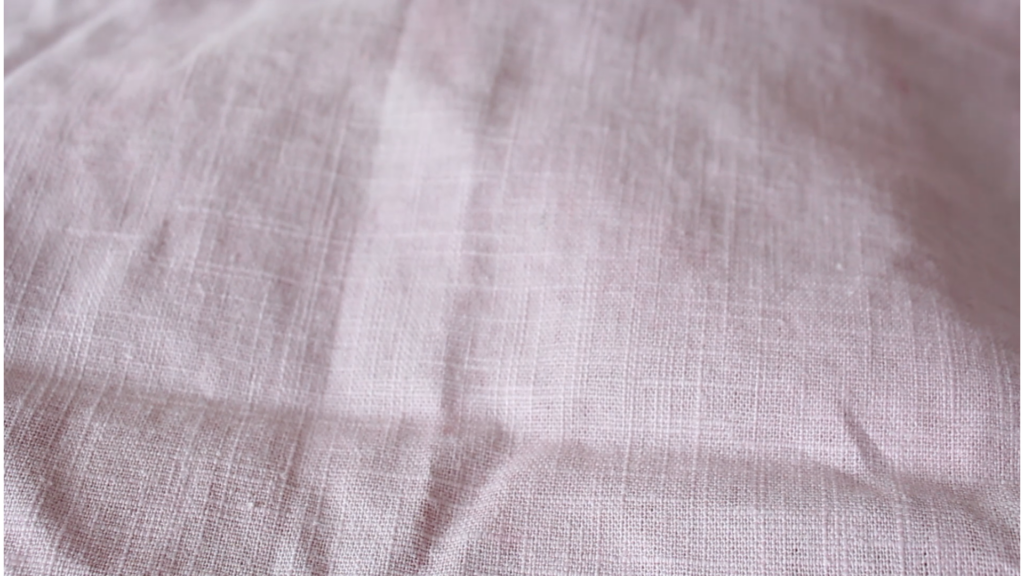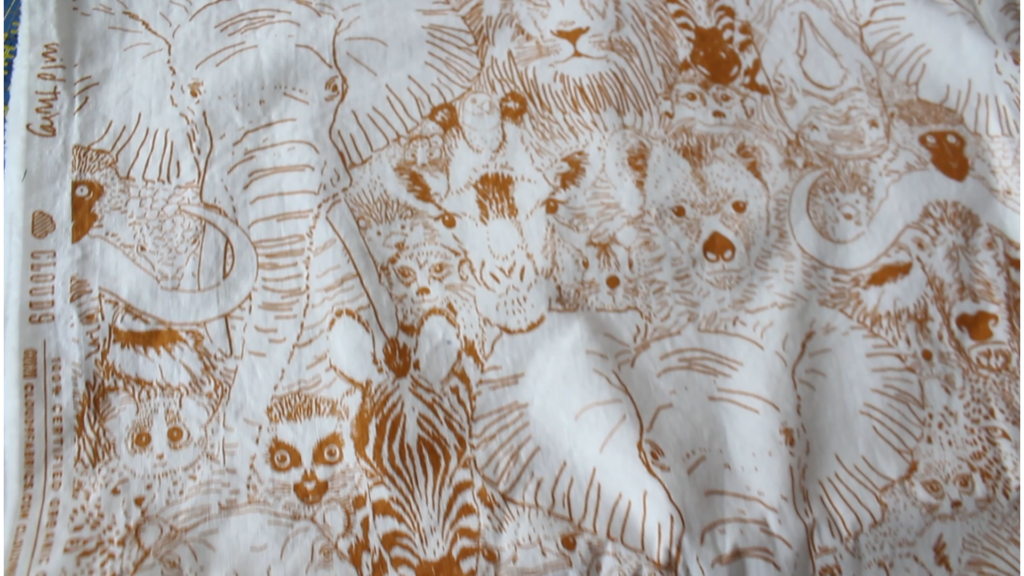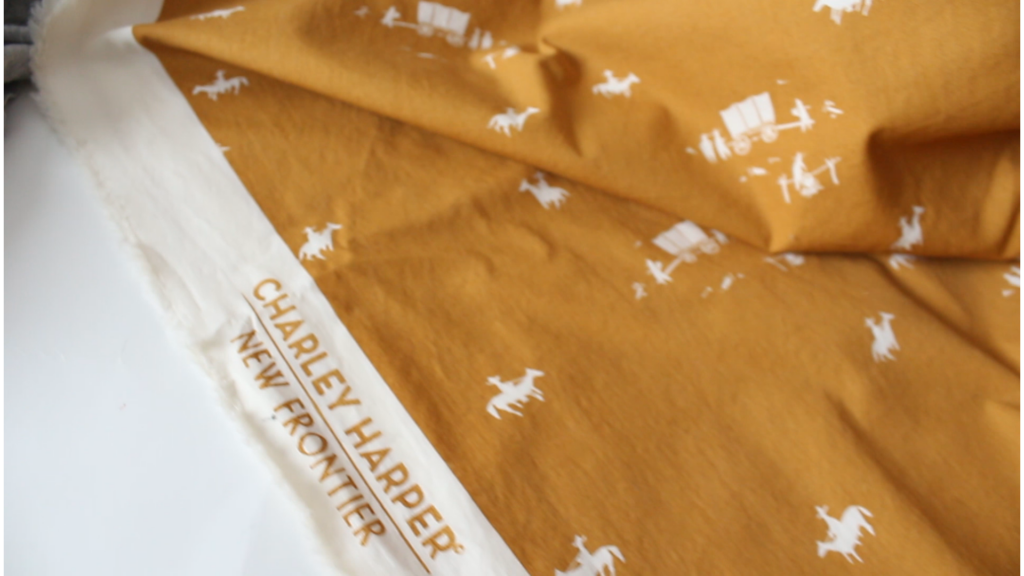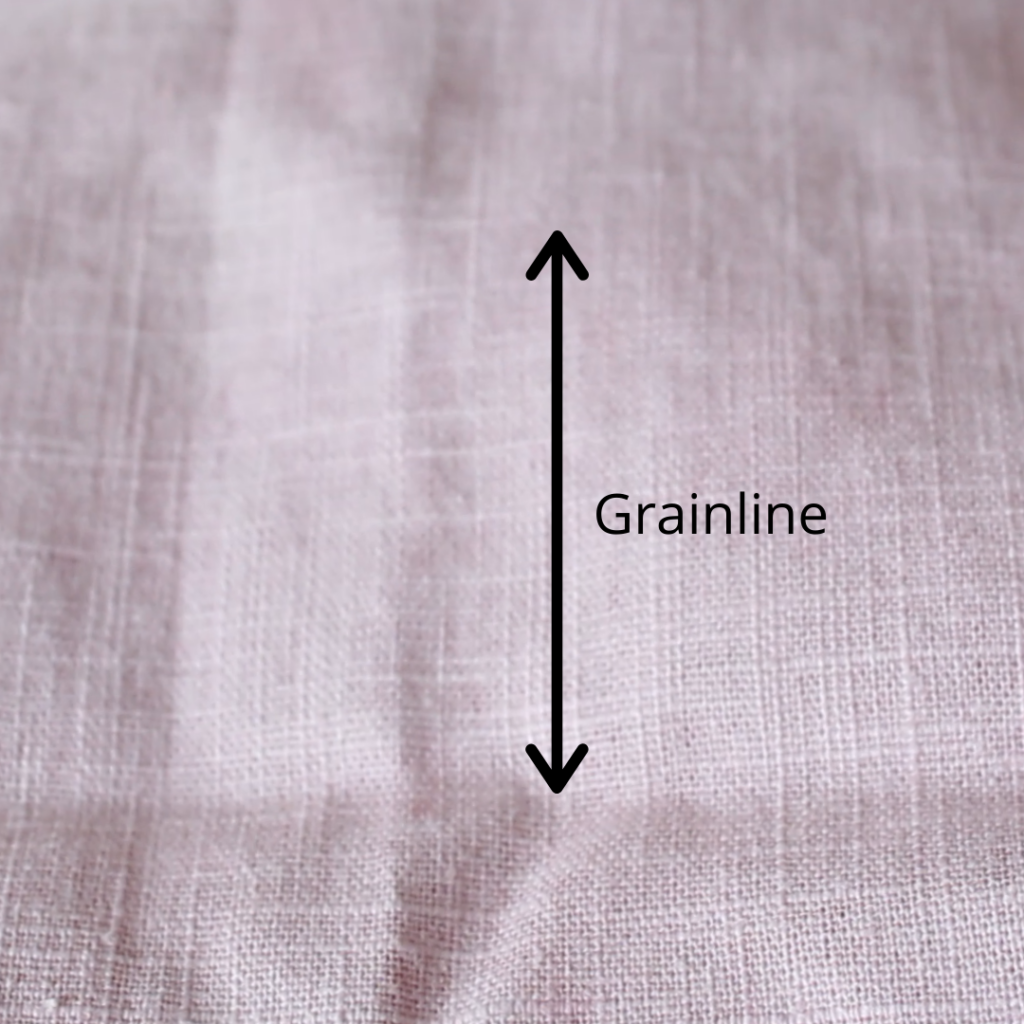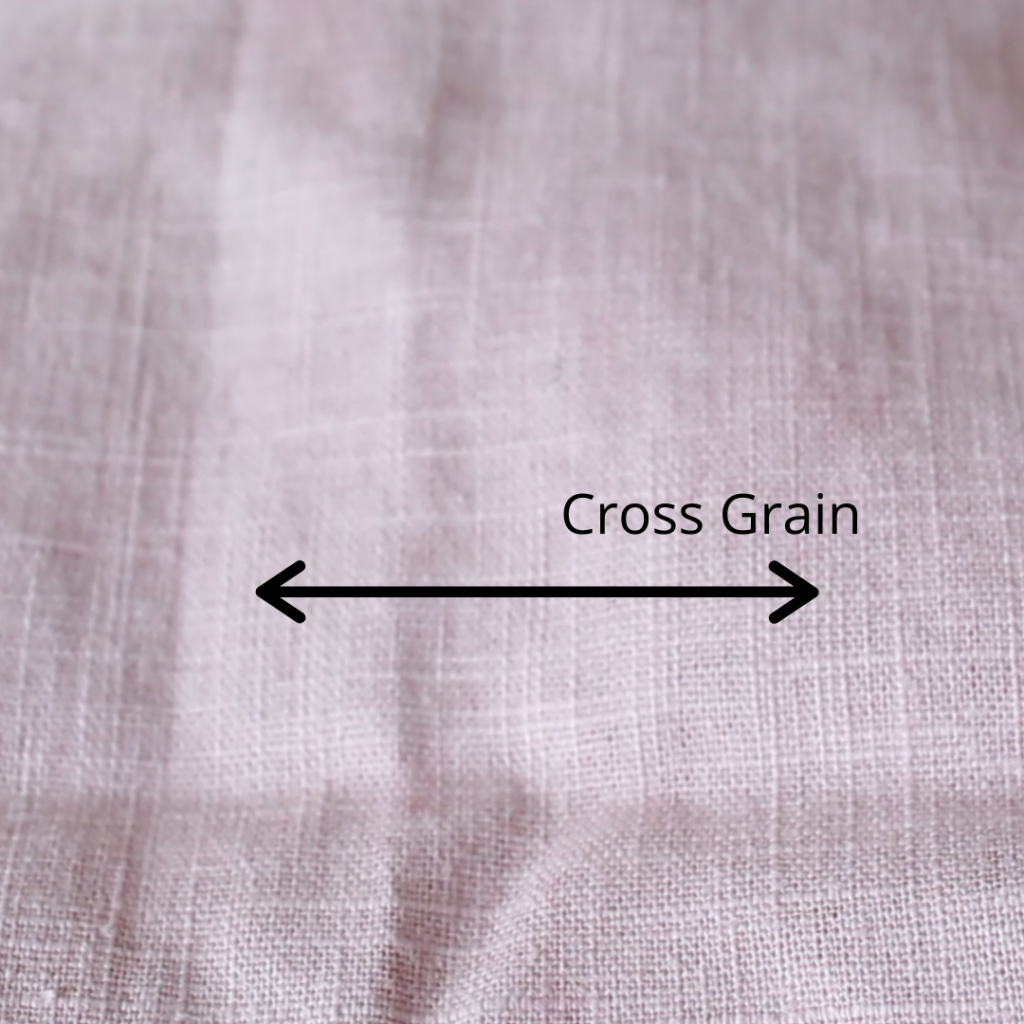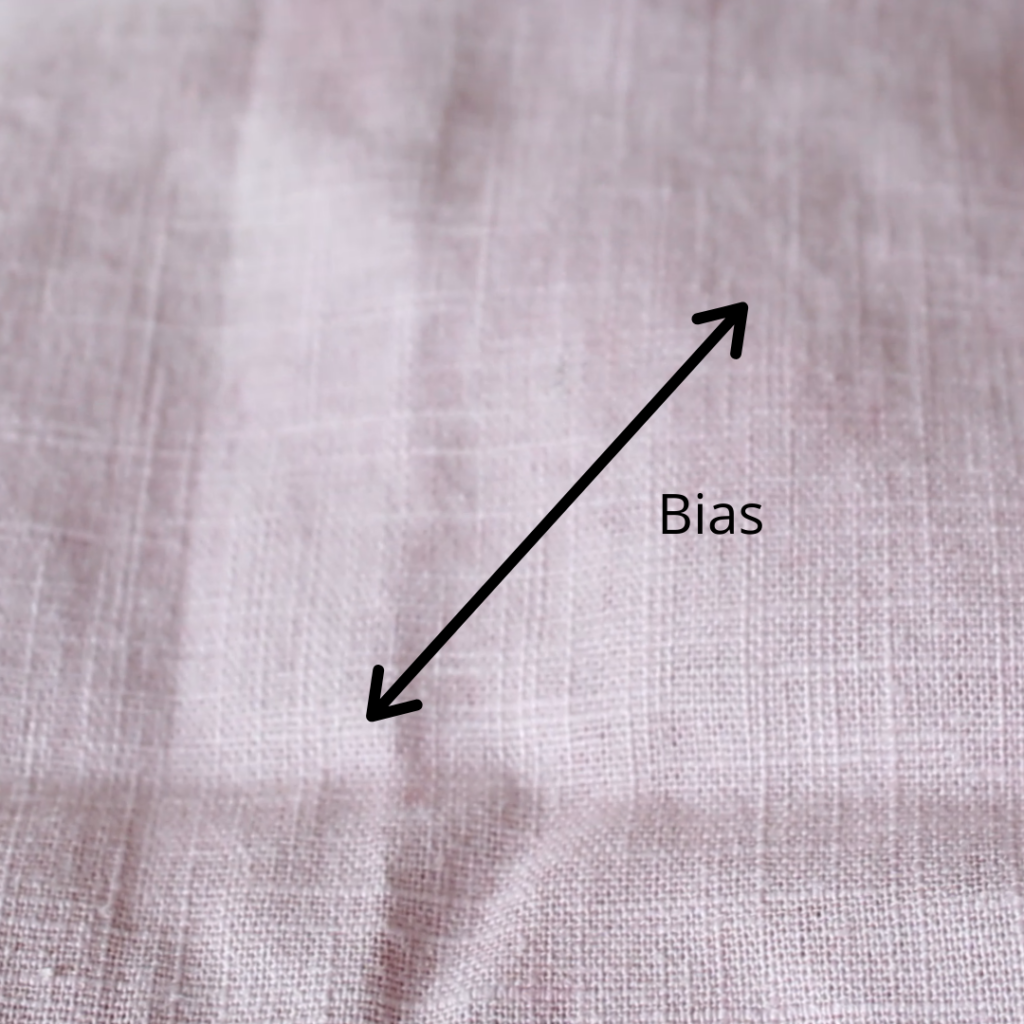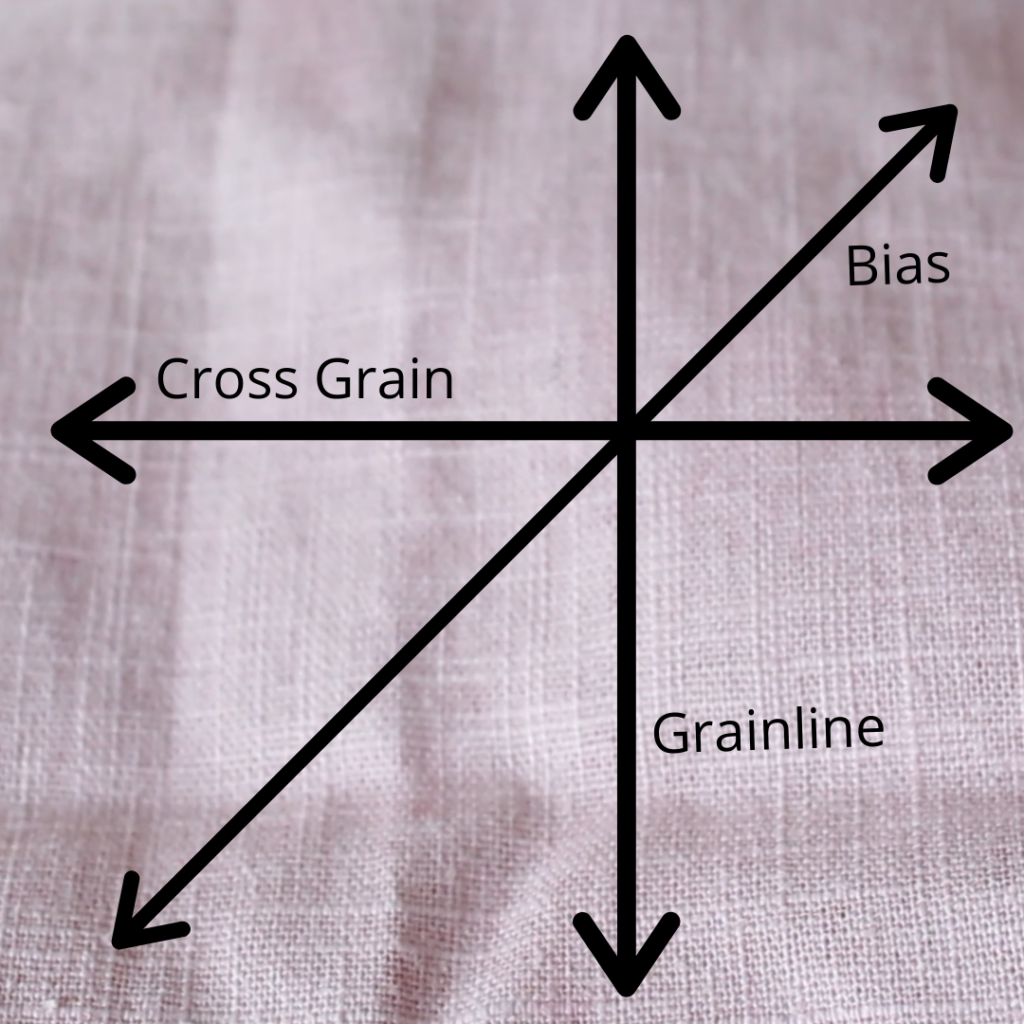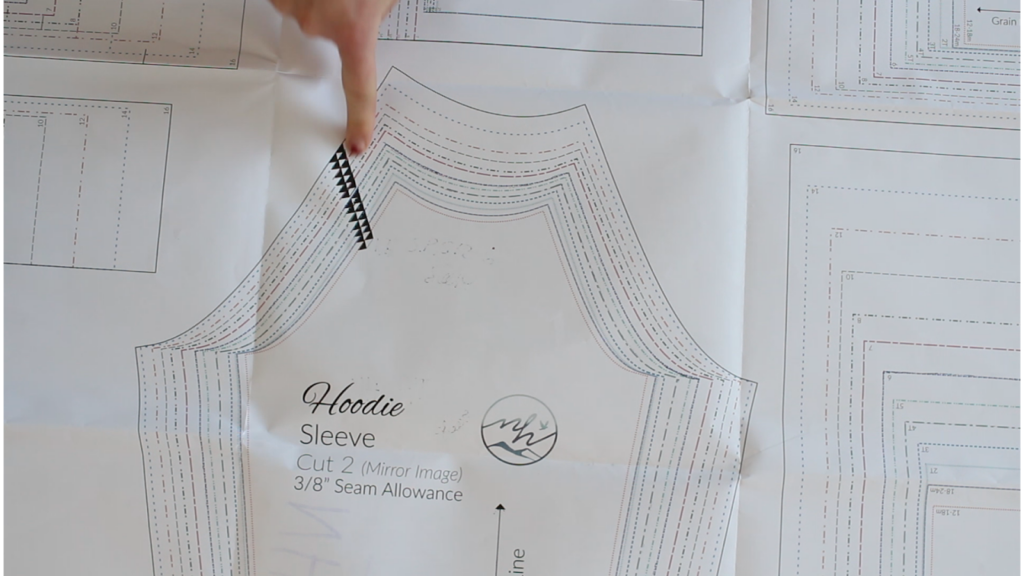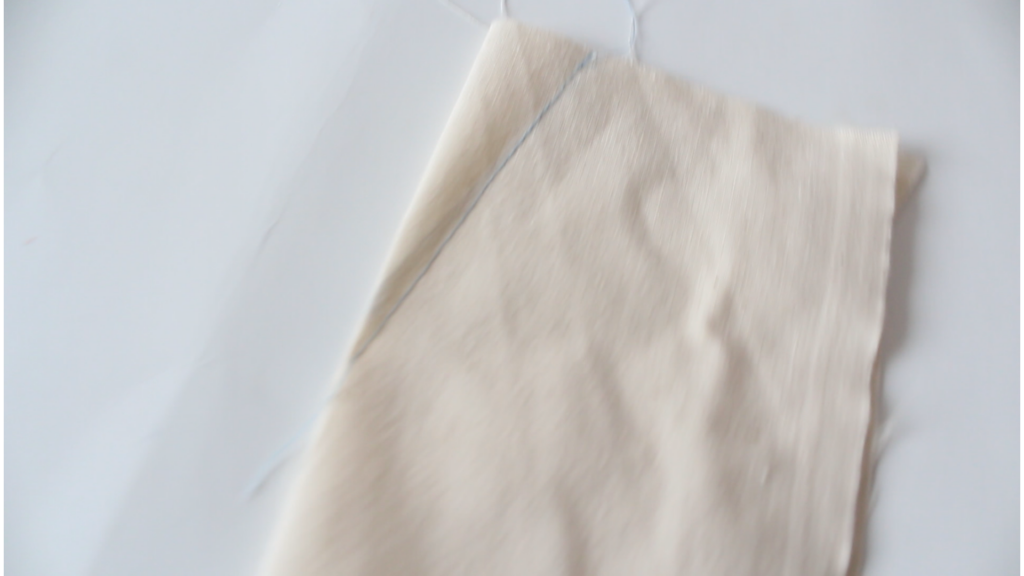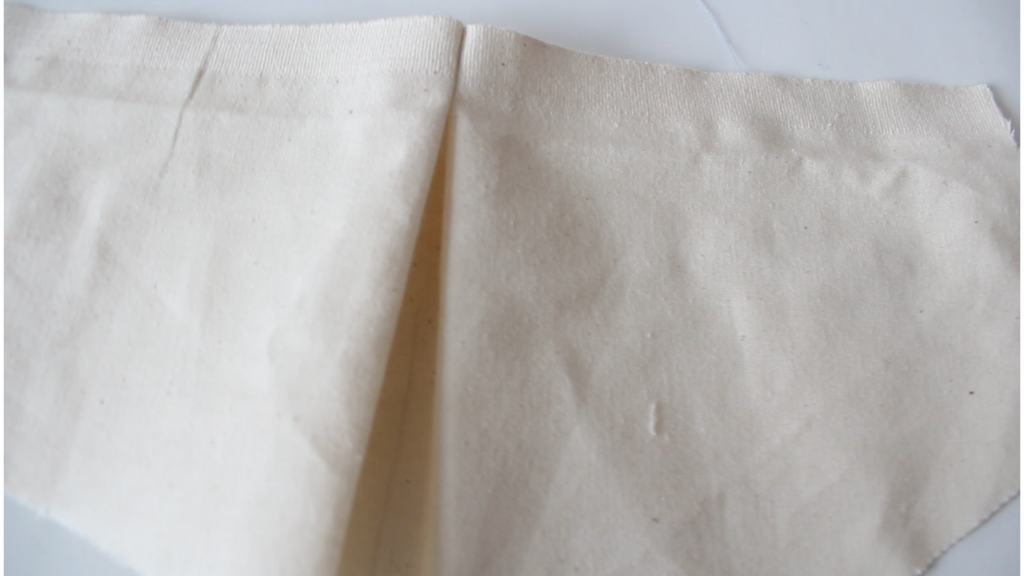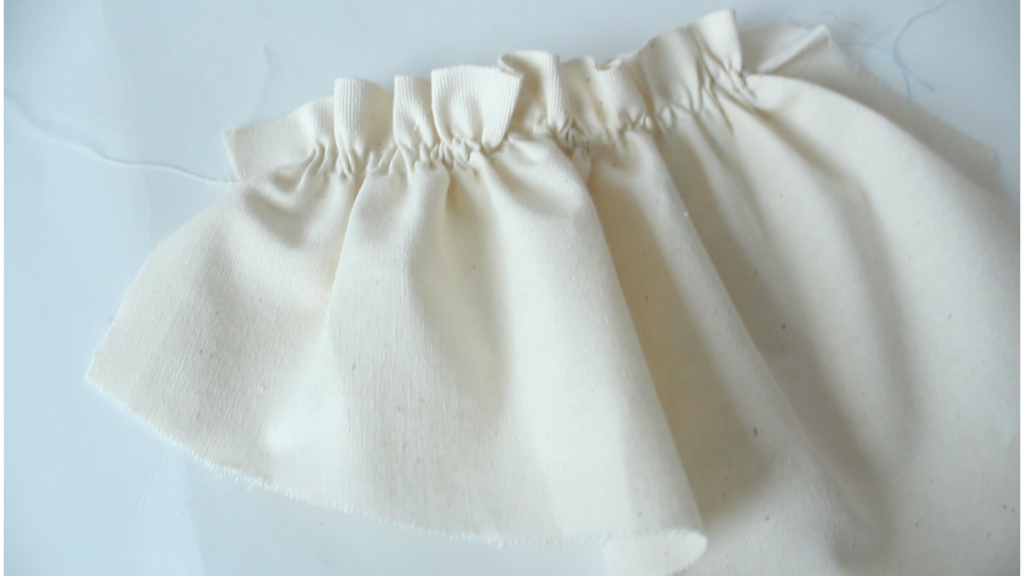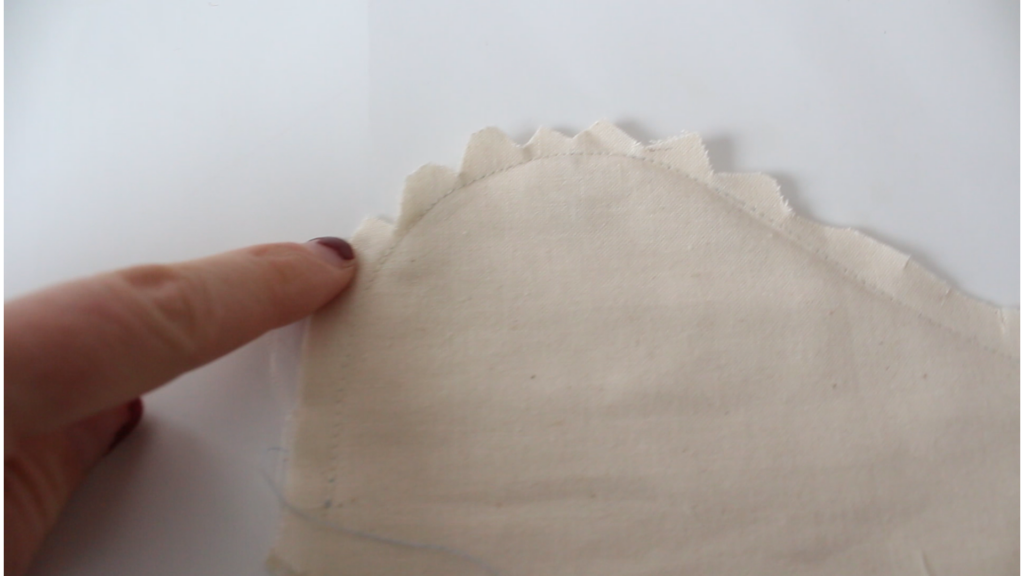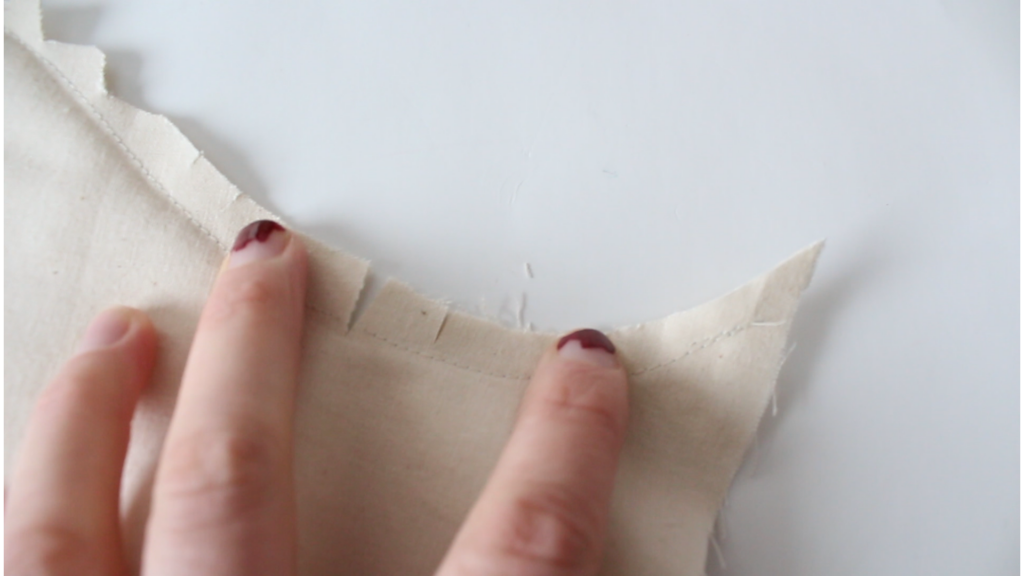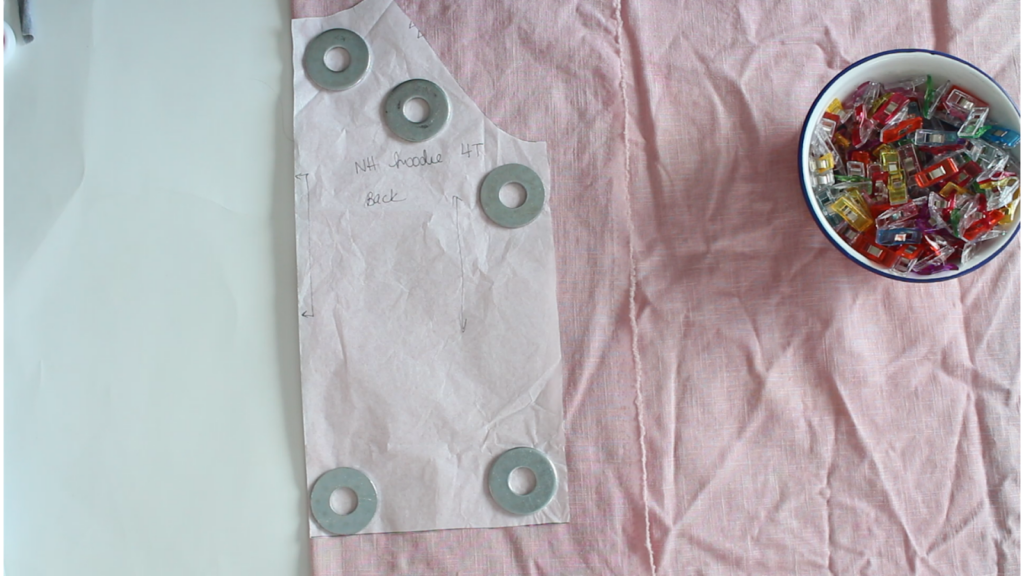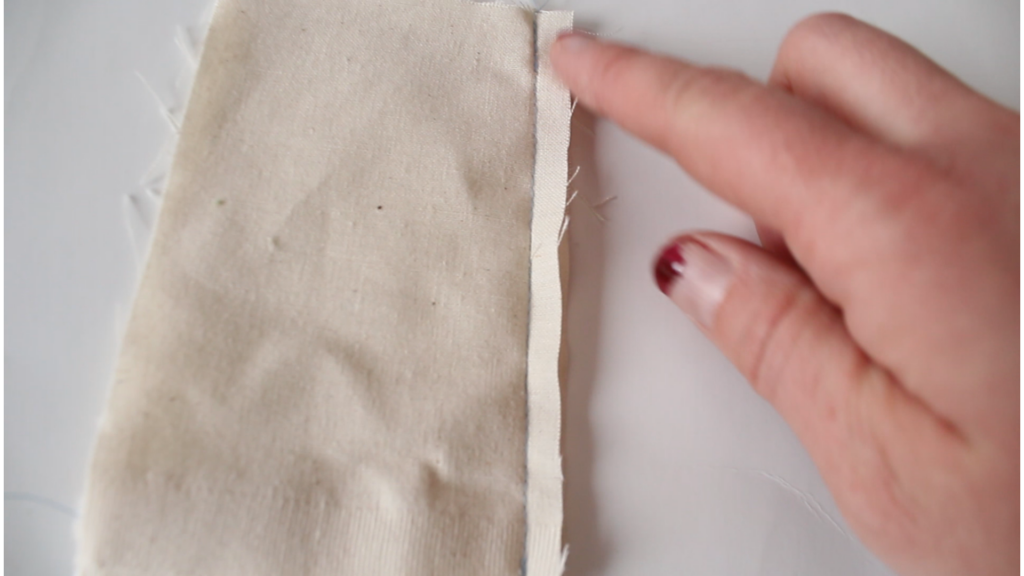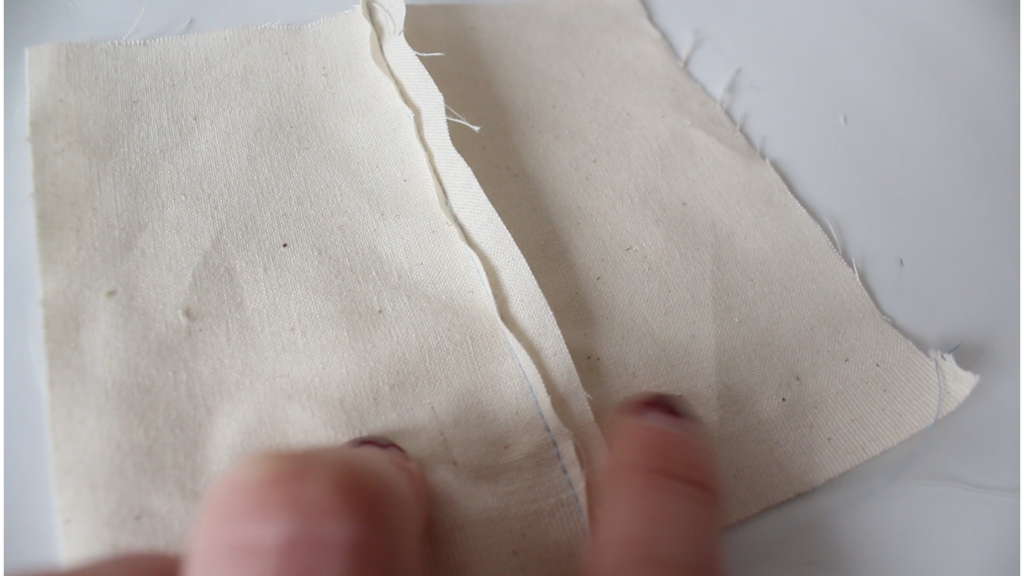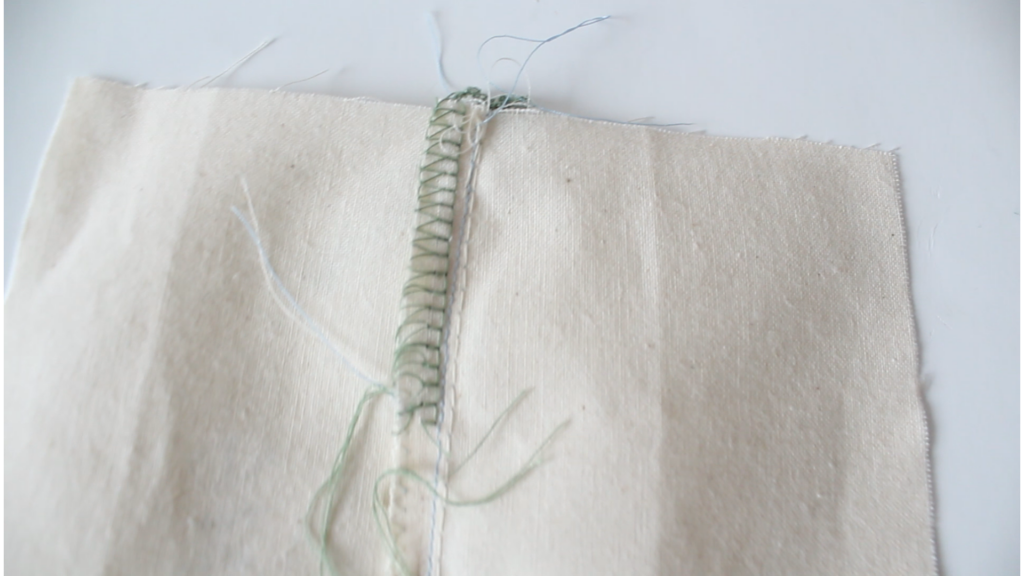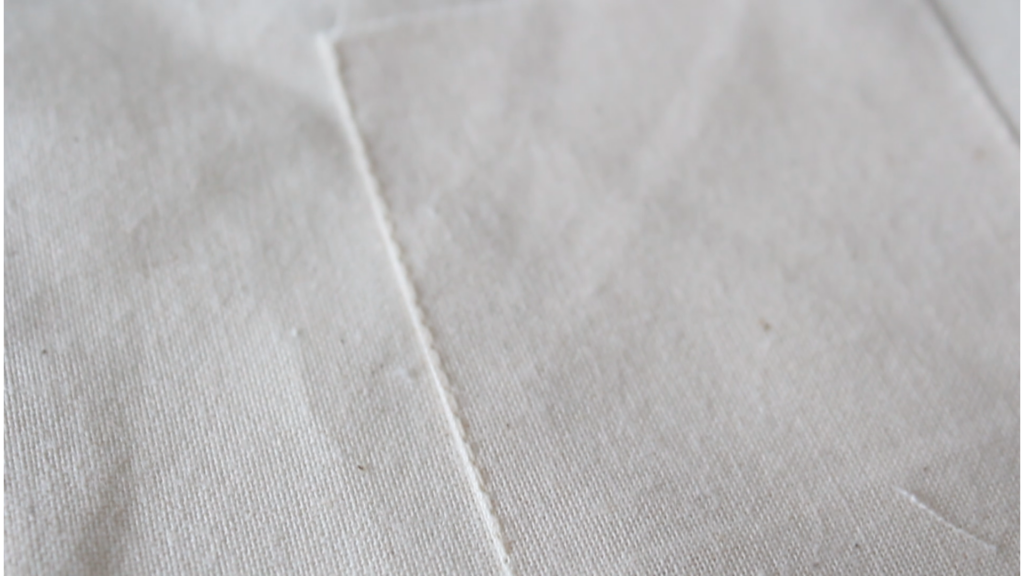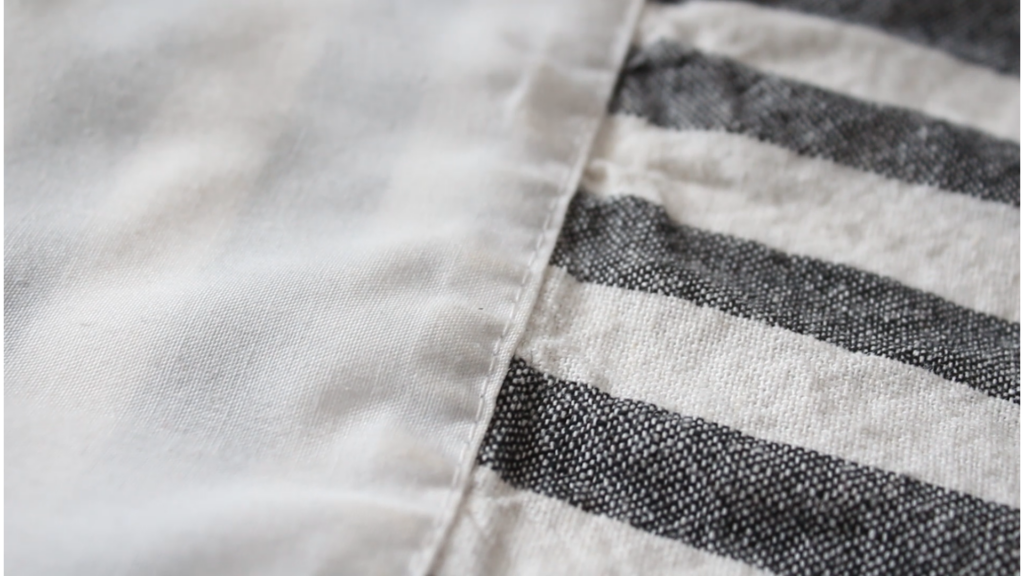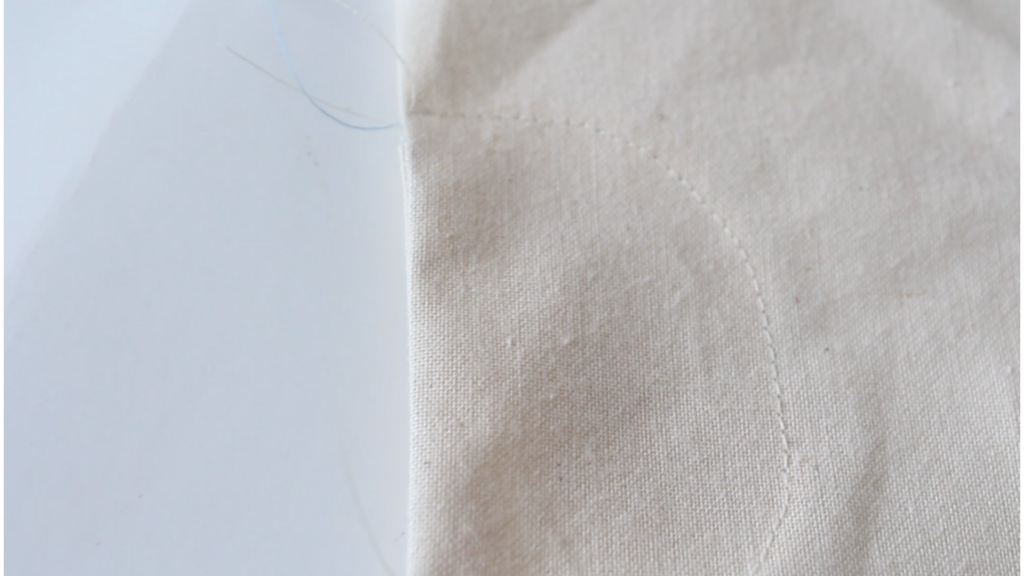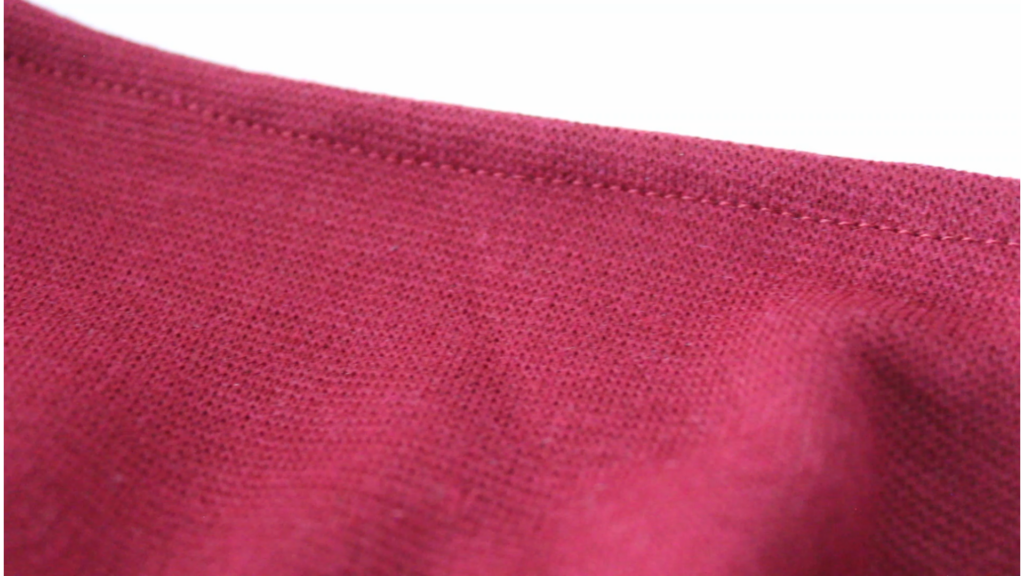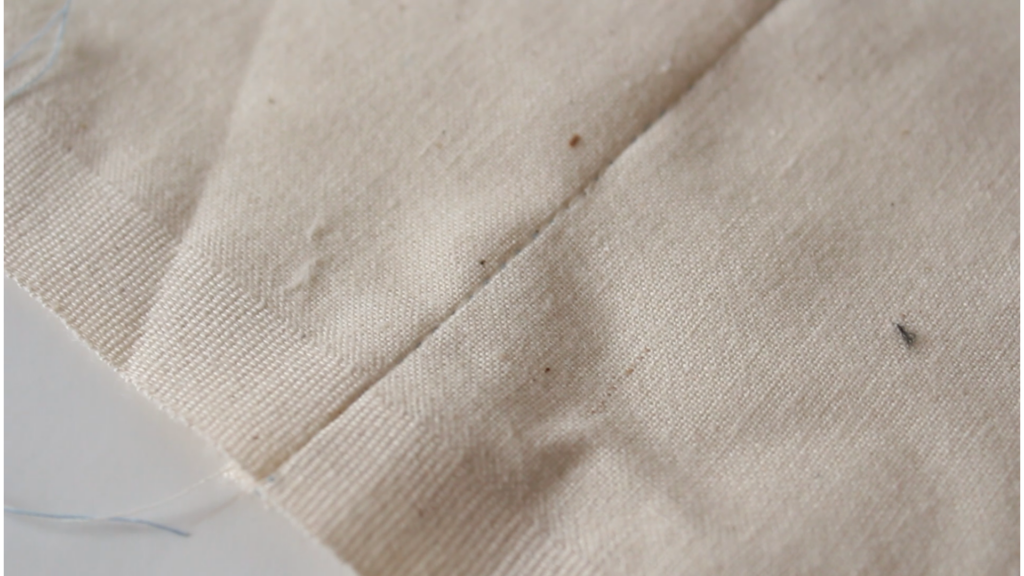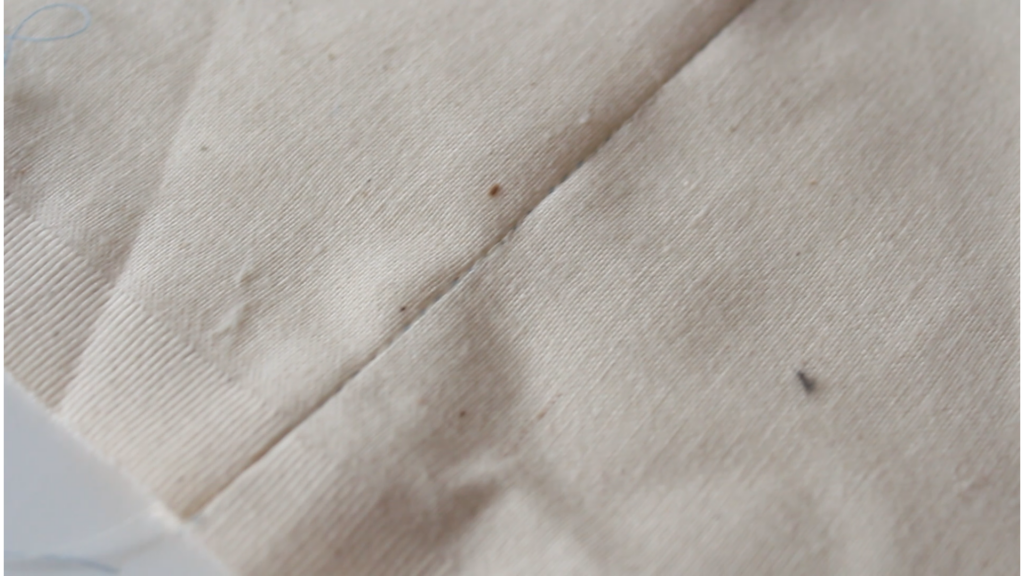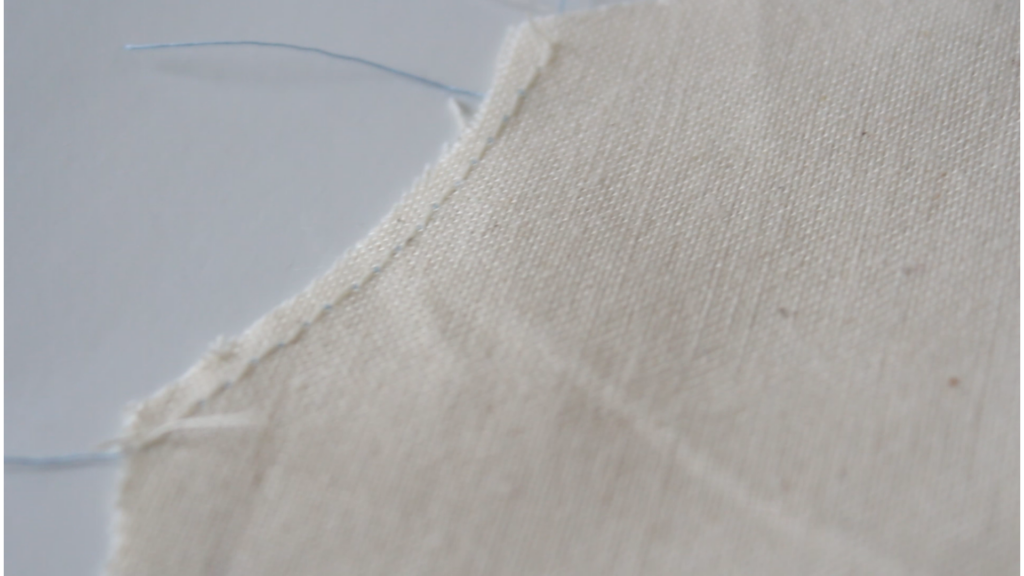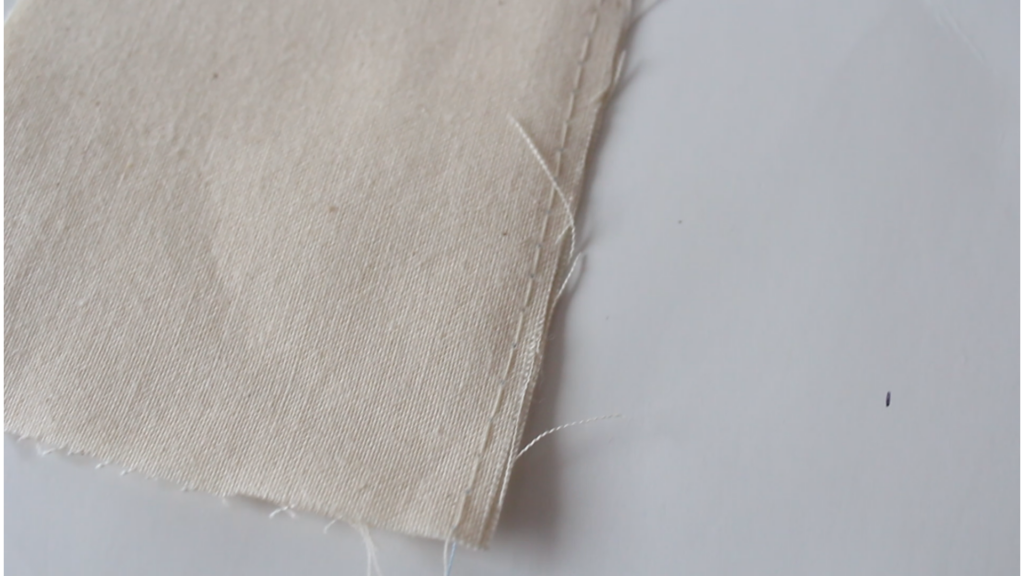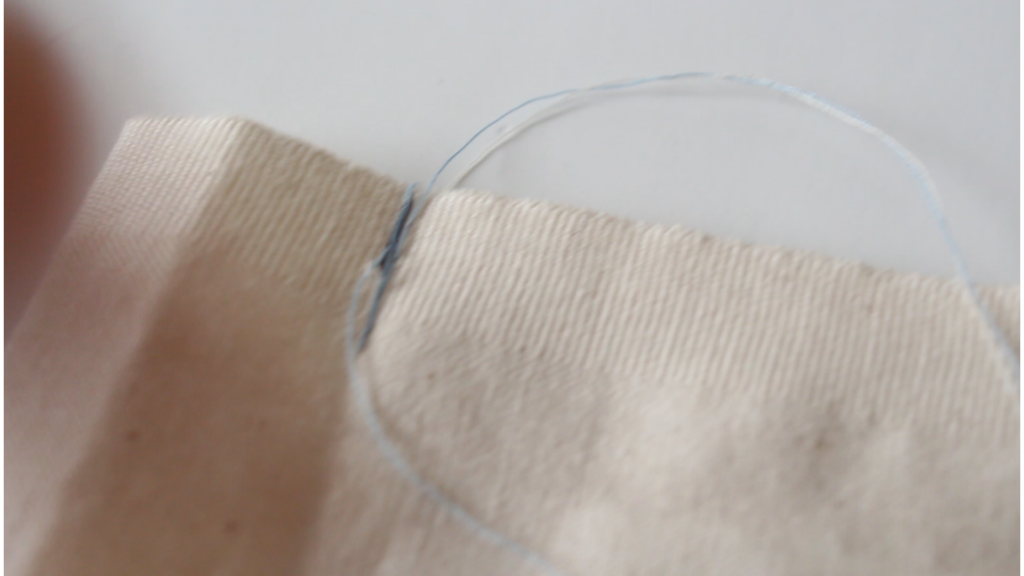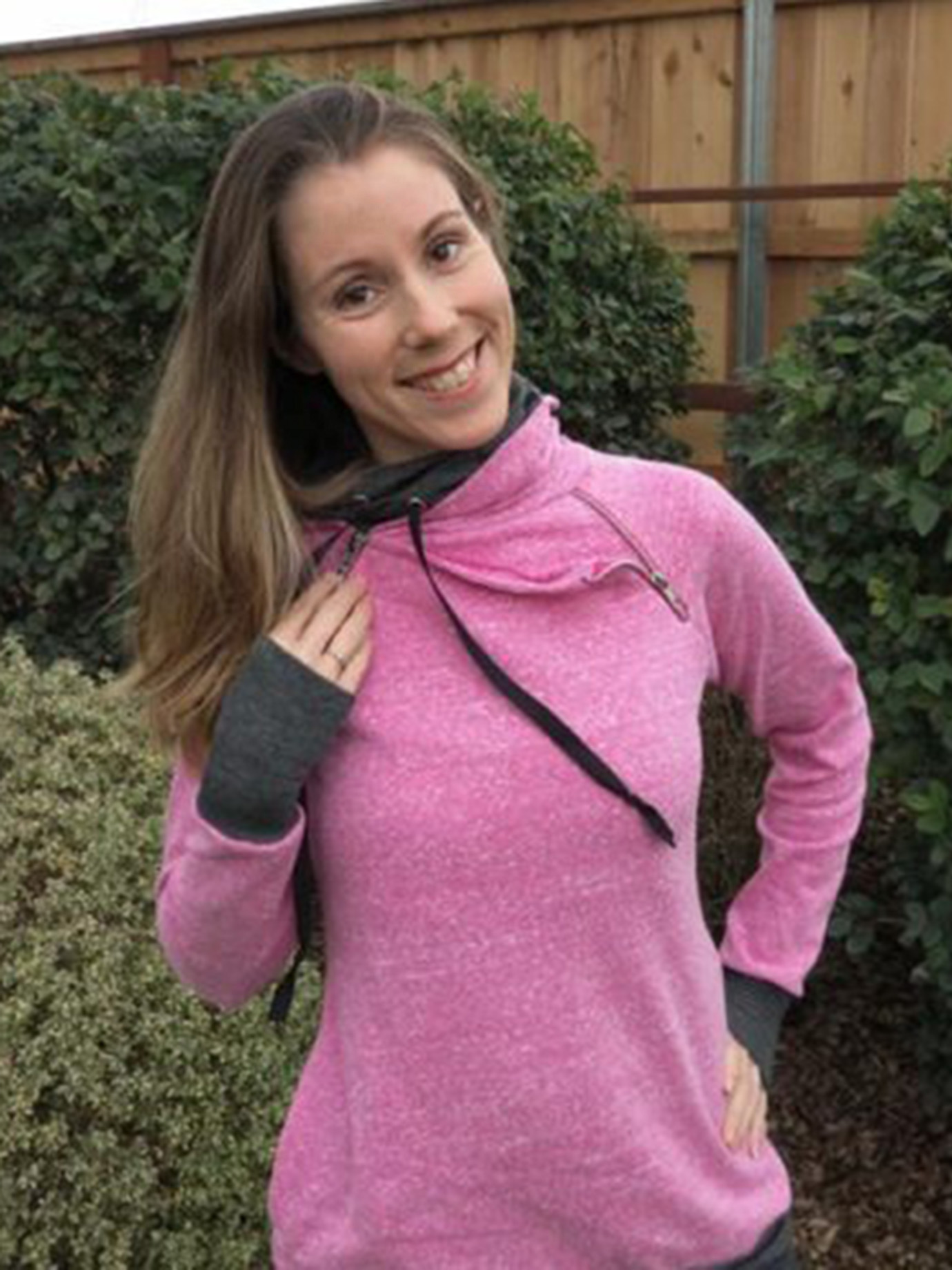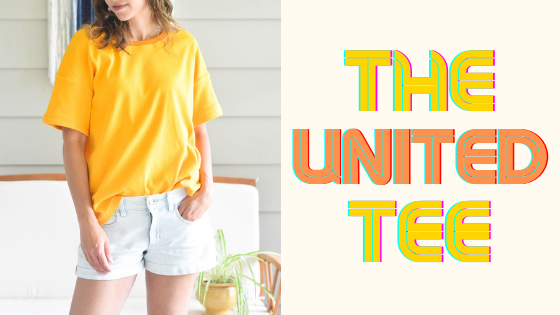Beginner Sewing Terms
By Katelynn of Sewing from Scratch on YouTube

As if sewing your own clothes isn’t daunting enough, jumping in to the craft means learning a whole new language. All kinds of words you’ve never heard before but are suddenly expected to know. Don’t bother faking it, I got you covered.
If you prefer video format, check out this link.
I’ve broken these terms down into three categories to keep things a bit more organized. FABRIC, for those words referring to the fabric itself, PATTERNS, for anything you’ll find on the pattern pieces themselves, and SEWING, for terms we see in the pattern instructions.
I also want to mention that these are beginner-friendly definitions. Most of these words can be expanded upon and researched at nauseum. For the sake of this post (and your sanity), we’re just going to touch on each term to give you a basic understanding to what they refer.
FABRIC
This is a gross generalization, but we tend to refer to fabrics as either KNITS or WOVENS. So what does that mean?
Knits
Fabrics made with one single yarn (thread, fibre), knitted in a continuous loop. It will have a braided look and usually stretches. When stretched, you’ll be able to see what looks like ribs running parallel to each other. Common examples include cotton lycra, french terry, liverpool, ponte, and sweater knit. (We have a full video coming on knit fabric. Be sure to subscribe so you don’t miss it)
Wovens
Fabrics made with multiple yarns crossing each other at right angles. Typically made on what you think of as a loom. Grainline is harder to decipher. Common examples include quilting cotton, flannel, linen and “blouse-y fabrics”.
Directional Print
Printed fabric in which the print or pattern faces a specific direction and will look “wrong” if turned a certain way. Important to consider when choosing sewing patterns. Usually requires extra yardage compared to a non-directional print or solid, as well.
Selvage
This is the strips on the long edges of fabric. It typically has holes in it where it was attached to a machine. It is formed as a way to finish the edges to prevent unraveling and is often not printed like the rest of the fabric. Selvage runs down the length of the fabric. Measuring from one selvage edge across to the other gives us the width of fabric (WOF) measurement.
Grain/Grainline
This is the lengthwise direction of fabric, running parallel to the selvage. It is almost always our reference for cutting out pattern pieces. Cutting off grain can cause twisting in the garment. The threads that make up the grainline run the entire length of the fabric. Fabric typically stretches less along the grain.
Cross Grain
The opposite of grain. These are the yarns woven across the grain from selvage edge to selvage edge, running perpendicular to the selvage. Will typically have slight give in woven fabrics. In knits, the cross grain can also be called the stretch of the fabric and is usually stretchier than the vertical stretch.
Bias
Not grain or cross grain, but bias. This is the name we give to the direction across the fabric at a 45degree angle to both the grain and cross grain. It has the most give or stretch in wovens. Pieces cut on the bias will have more drape and can become distorted easily.
PATTERNS
Markings
All the notations on a pattern that aids in the construction of the piece. Ie. darts, notches, adjustment lines, pocket placements, etc.
Dart
A section of fabric manipulated to form shaping in a garment. There are quite a few different kinds of darts, but the most common ones you’ll encounter are triangular darts found at the bust, waist and rear. Often notated as dashed lines on patterns with a dart point and two dart legs.
Pleat
Another shaping technique used to make a larger piece of fabric smaller to fit another piece. One point is matched up with a second, similar to a dart, to form a flap that will then lay to one side or the other, or be flattened to the center to form a box pleat. Commonly found in waistbands or the back of a shirt to match the yoke.
Gather
A section of fabric that is scrunched up together to make a larger piece of fabric fit onto a smaller piece. Made in a variety of methods, but most commonly by sewing two or three rows of basting stitches across the gathering points and then sliding the fabric along the stitches to gather. Often seen in tiered dresses or full skirts.
Notch & Clip
These are two actions we perform on curves of garments to allow them to lay flat and smooth. Both of these are made in the seam allowance of the curve and DO NOT cut through the stitching.
Notches are small triangle cut outs along a curve that will be turned into itself. We notch to remove bulk so the seam allowance doesn’t crumple on itself. Notches can also refer to points on the pattern (either small triangles or lines) intended for lining up pieces together.
Clipping refers to make small snips into the seam allowance of a curve that will be turned out. We clip to allow the fabric of the seam allowance to spread apart when stretched so as not to cause pulling on the curve.
Cut on Fold
Used for symmetrical pattern pieces to be able to cut both sides simultaneously. Often found in bodice pieces, sleeves, neckbands, cuffs and waistbands. The fold is usually intended to be along the grain, giving a straight and true pattern piece. This is most easily done by folding the fabric exactly in half from selvage edge to selvage edge, but can be done at any point along the fabric width to maximize fabric usage.
Mirror/Pair
Cutting a pattern piece mirrored or as a pair means two pieces that mimic each other but are flipped horizontally (mirrored). This is especially important with fabrics that have a right side and a wrong side. If the pieces are identical, one side of the garment would be showing the wrong side of the fabric. This can be achieved by folding the fabric in half and cutting once, or by cutting on a single layer and then flipping your pattern piece over to cut the second piece. Just be sure you only flip the pattern piece OR The fabric.
SEWING
Seam Allowance
The portion of fabric not included in the final garment piece once two or more pieces are sewn together. Measured from the edge of the pattern piece up to the stitch line. Common woven seam allowance is ⅝” or 1.5cm. Common knit seam allowance is ⅜ or ¼” or 1cm.
Grade Seam
To trim one portion of the seam allowance to be half the width of the other to promote a smoother finish and reduce bulk in the seam. We trim the side that will lay against the body.
Neaten & Finish Seam
To clean up the raw edge of the fabric of a seam allowance. Common practice is by serging or using an overlock or zigzag stitch on a sewing machine. Can also include trimming seam allowance.
Understitch
Stitching the seam allowance to the underside of the garment, very close to the original stitch line. Used to promote the seam rolling to the backside so as not to show on the front. Commonly used in pockets and waistbands.
Edgestitch
Stitching on the right side of a garment, very close to the original stitch line. Used to hold the seam allowance down and/or for aesthetic value. Also used to attach pieces like patch pockets.
Topstitch
Stitching on the right side of a garment, but not necessarily on the edge of a seam. Can be used for a wide variety of applications. Some being securing facings, bindings, pockets or decorative reasons.
Ditch Stitch/Stitch in the Ditch
Stitching right on/in an existing stitch line. Often used to secure another layer of fabric to an existing construction. Examples included facings, linings and waistbands.
Stay Stitch
A stitch line on (typically) one layer of fabric. Commonly used along edges prone to stretching such as those cut along the bias or on delicate fabrics. Often found on neck lines, arm openings and certain pockets. Performed with a short to medium length stitch.
Baste/Basting Stitch
Basting is done to temporarily join two or more fabric pieces. Also used to create gathers. Performed with a long stitch length and not usually secured. Typically removed after construction.
Tack
A small, inconspicuous stitch or row of stitches used to hold down a piece of fabric. Commonly used with facings and linings.
Whew! That was a lot. Refer back to this post as often as you need, or save the YouTube video version to your library for easy viewing!


